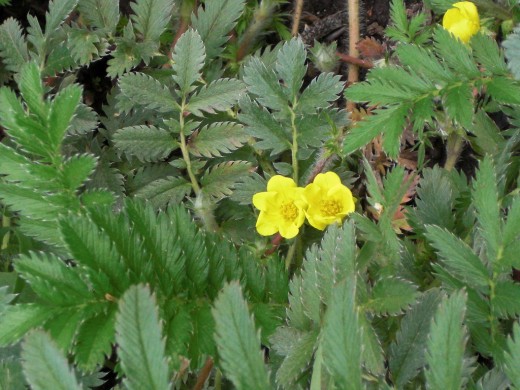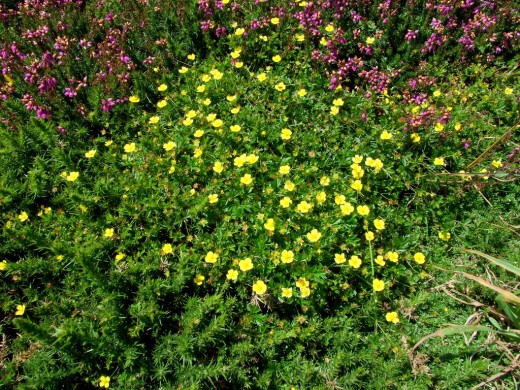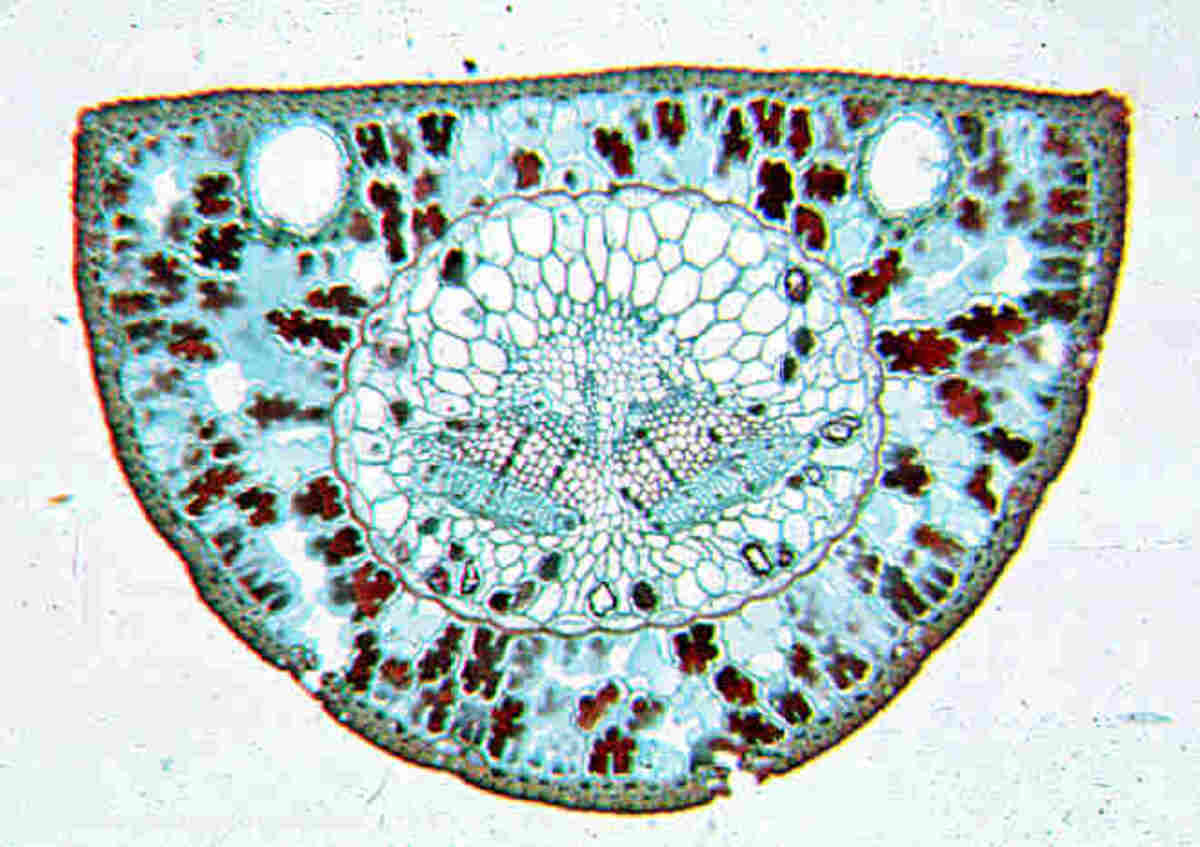Three Wild Flowers of the Potentilla Family
Marsh cinquefoil (Potentilla palustris)
Marsh cinquefoil (Potentilla palustris), as the name suggests, grows in wet places such as bogs and peat. It is more common in northern areas of the British Isles than further south. In the Isle of Man it has the name “bog strawberry”.
Cinquefoil is French for “five-leaved”, although this refers to the arrangement of leaflets within a single leaf.
Marsh cinquefoil grows to between 6 and 18 inches high. A creeping underground stem produces upright stems on which grow the largish leaves, divided into five leaflets as mentioned above.
The plant flowers from May to July, the flowers being reddish in colour, which is unusual for cinquefoils in that most varieties have yellow flowers. The flower sepals are much longer than the petals. The fruits are carried in a spongy receptacle.

Silverweed (Potentilla anserina)
This is a variety of cinquefoil that has the more usual yellow flowers, and its silvery leaves are divided into up to 12 leaflets.
It was an important crop plant in earlier times before the introduction of potatoes. The starchy roots were eaten raw, baked or boiled, or ground down to make porridge or bread.
Traditional names for silverweed include “bread and butter”, “bread and cheese” and “seventh bread”.
It also had medicinal uses, being used to treat mouth ulcers, sore throats and internal bleeding.

Tormentil (Potentilla erecta)
This plant grows widely in Great Britain, preferring light acid soil.
It grows up to 20 inches high, the upper leaves having three leaflets and two leafy stipules.
The flowering stems grow from a rosette of leaves that often wither before the flowers appear, which is between May and October.
The yellow flowers, which look a bit like those of buttercups, have four sepals and four petals. They produce a nectar that attracts insects, but the plant can also self-pollinate.
Each flower produces up to twenty fruits in a small solid receptacle.
Like silverweed, tormentil was used medicinally in past ages. In a book published in 1616 a powder made from tormentil roots was recommended as a cure for toothache.
The plant was also used as a source of red dye and its highly astringent roots could serve as alternative to oak bark in the tanning of hides.




